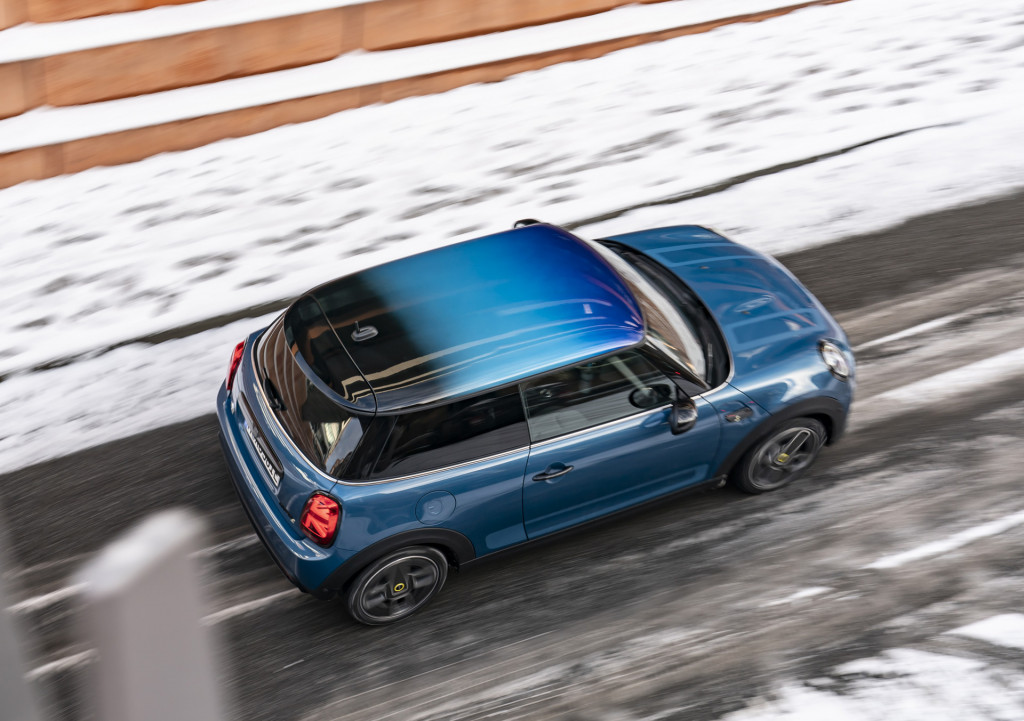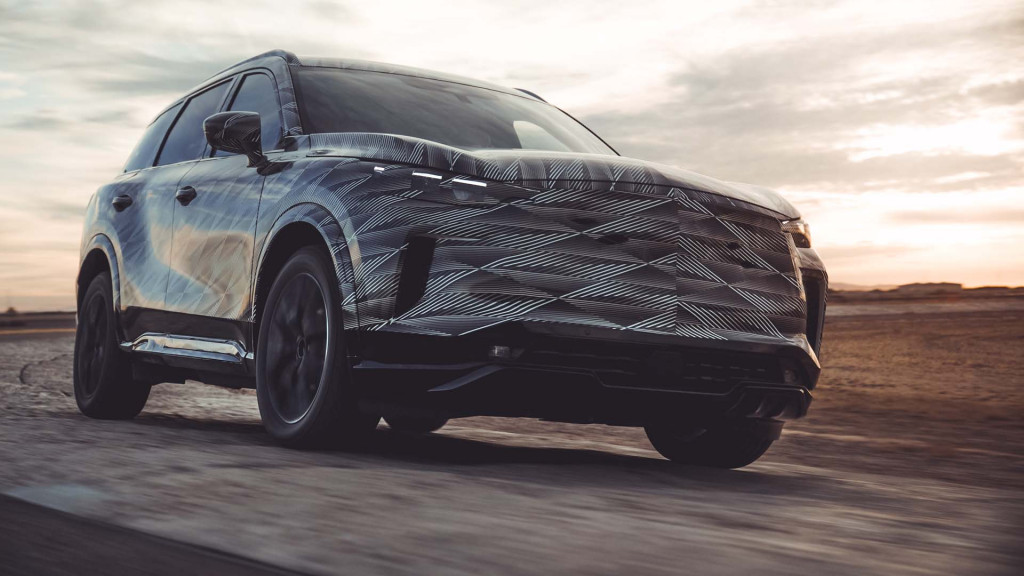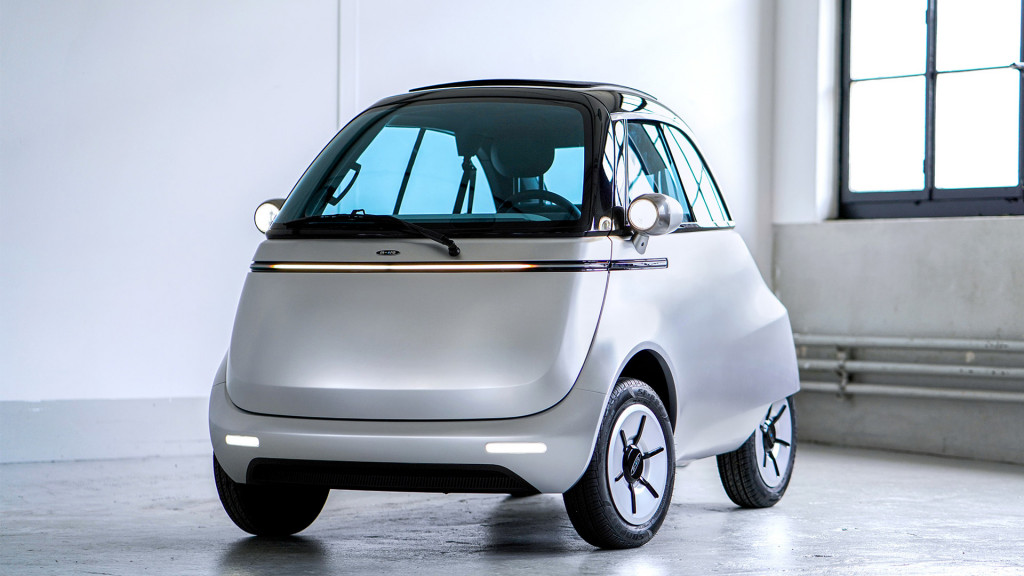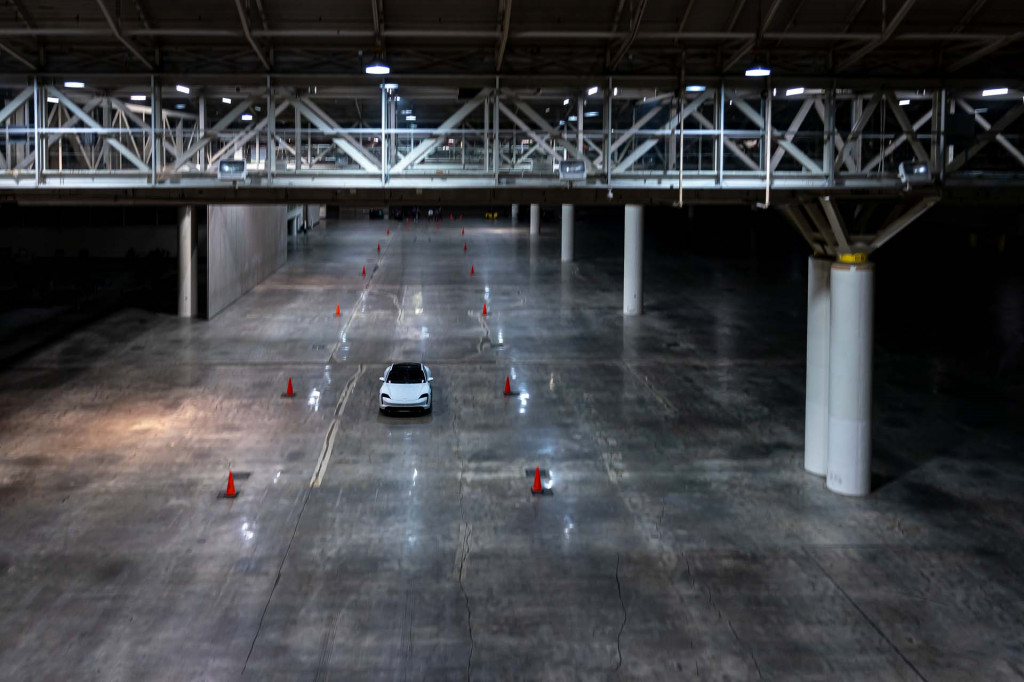For a lot of people, the arrival of children means that the projects get sold. But for Mr and Mrs Mertens of northern Belgium, losing their beloved modified Honda CRX was never an option…
Feature first appeared in Banzai magazine. Words: Dan Bevis. Photos: Ron V
The modern perspective of what constitutes a good family car has shifted. It used to be the case that small families had saloon cars, and as the family grew they might consider trading up to an estate. Today the roads are an anonymous greyscale mish-mash of relentless same-same SUVS. It’s pretty damn bleak. But there are still families out there with an eye for the path less travelled, choosing a deliberately unusual car to ferry the family about in. Had you considered, for example, the Honda CRX? No, of course you hadn’t, as frankly it’s a silly idea. And if we’re being completely honest, that’s not what Peter Mertens uses this CRX for either. That said, however, for his wife and children, this slick retro Honda is very much a part of the family.
“I started out with Fords, including an Escort RS Turbo, but it was through my brother and my wife that I got into the Honda world,” Peter explains. “He was driving an EJ9 Civic, and my wife – after coming to a few shows with me – bought the CRX you see here. This is actually her second CRX, and we’ve owned it for around ten years now; we originally built it in the import style, with parts from Wings West and so on, but after a few years we had children and realised that this wasn’t the ideal car to be carrying small kids in the back!”

So the little coupe was retired from daily duties, with Mrs M picking up an Accord Type S (Peter’s daily is a DC5 Type R, very sensible, eh?). Given the emotional ties with the Honda CRX, they couldn’t bear to part with it; in fact, Peter set about swapping in a B16 motor from its bigger brother in the range, as he was craving those zingy VTEC thrills, and this continued attention started to give him ideas. With daily transport taken care of, surely the time was right to turn the CRX in to the build he’d always wanted it to be – a full-on show car?
So that’s exactly what he did. “I immediately knew that the big eye-catcher would be the engine bay, because Honda is so celebrated for its high-revving engines, so I wanted to make a unique feature of it,” he says. “I started cleaning it up, welding all the unnecessary holes, removing brackets and everything I didn’t need, and hiding everything possible out of sight. I also smoothed out all the seams to make it look as if the engine bay is all one piece.” While all this was going on, Peter’s friends were occasionally popping by to observe his progress, and one friend in particular – Dries – was inspired by the smooth bay; he’d been experimenting with carbon on his own car, laminating various items with real carbon fibre. He was struck by the idea of covering the entire CRX bay in carbon, which is something Peter got very excited about. “At first glance it seemed an impossible task,” he recalls, “because we didn’t have much experience with carbon, and also because of the size and complex shape of the engine bay. But after a bit of experimentation, we went for it and Dries came along to laminate the whole bay. The laying of the cloth went reasonably smoothly, so then it was the lubrication of epoxy, many hours of sanding, and re-greasing the epoxy to get the last imperfections out. I varnished it myself, and it all turned out looking incredible.” He’s not wrong – we’ve seen carbon-dipped and carbon-wrapped bays, but a full-on real carbon fibre engine bay is a hell of an achievement.

However, the act of being a trailblazer does lead to you tripping up in the woods sometimes, and it turned out that this pioneering experiment didn’t quite work out as intended… With the CRX pushed out of the workshop while Peter busied himself with other projects, his wife unexpectedly went into labour six weeks early; obviously life quickly became a whirlwind of activity and the CRX was left sitting out in the elements for a while as reality took over. And when Peter finally returned to the car, all the epoxy on the engine bay carbon had turned a bright translucent green! “After some research it turned out that the epoxy wasn’t UV-resistant, and as a result the entire carbon was affected and could no longer be repaired,” he recalls. “At that moment I really didn’t know what to do any more. Months of work lost, and I had just become a father, so I knew I could spend less time with my hobby anyway. At that point I contacted Eric at JEM Design, asking if he could tidy up the bay with poly and just make it a nice colour…” This decision didn’t sit well with Peter though, who quickly realised that the whole point of this project was that he was doing it all himself along with his friends, and he needed to see it through. He didn’t want to be showing off someone else’s work. So arrangements were cancelled, he waited till the time was right, and then he and Dries started again from scratch.
“This all set me back about half a year and quite a lot of Euros, although I’m kinda glad it happened,” he reasons. “Better that the engine bay discoloured the way it did, rather than after a few shows sitting with the bonnet open… we finally got it done right, and better than before!”

And with the party piece complete, Peter could turn his attention to the rest of the car. The chassis in particular received some fastidious and obsessive attention – you can see from the spec box just how comprehensive the upgrades were, and he also fitted all new joints, bushes and bearings to get everything as-new before sending all the arms and subframes and everything else off to the powder-coaters. The brakes were treated to upgraded discs, pads, pipes and lines, and the car’s now suspended by KW Variant 1 coilovers along with all of those juicy aftermarket camber kits. It’s all show, but also all go.
When it came to the exterior, it appears that all of that work with carbon fibre under the bonnet had given Peter a taste for the dark arts, so he set about crafting some further sixth-element embellishments for the outside. The roof, window frames and bumper trims are now all carbon, with the latter proving especially tricky as they’re seamless one-piece items which took a lot of fiddling to get right. He also created an exquisite front lip, rear diffuser and sideskirt extensions, their exposed weave providing a beautiful complement to the Porsche 997 GT3 RS Grey Black paint.
“At the front I also made a kind of air duct in the middle of the bumper, which leads air to the radiator,” he says. “This part is a bit hidden in the bumper and doesn’t stand out for most people, but there was a lot of work involved to make it!” He’s a details man, you see, and this is evidenced by the bodykit decisions, whereby Peter has gone a bit more OEM but with his own stylistic flourishes. There’s a subtle J’S Racing lip at the front, but he couldn’t find anything he liked in terms of sideskirts and rear lip, so he made his own. As one does. The rear lip he chose to work with was originally designed for an Opel Kadett GSI, which he reworked into the OEM bumper before adding his own carbon diffuser, and the result is a flawless and almost factory-like finish which leaves the purists scratching their heads.
“There’s also a JDM bootlid with integrated third brake light and JDM spoiler,” he continues, “and the mirrors are classic Spoon Sports replicas.

Choosing the body colour was one of the hardest parts of the build, and in the end it was my wife who decided on this Porsche colour. For the paintwork I spoke to a friend of mine, Birgen – he’s done some great work, so I knew the CRX was in the right hands.” It really looks spectacular too, doesn’t it? The grey paint working hand-in-hand with the carbon fibre, with the amber indicators and full-width red strip at the rear providing a splash of colour, it’s at once old-school nineties and super-modern.
“It’s taken about six years to get the car to this point,” says Peter, “due to various setbacks, or simply a lack of time, and sometimes just no longer wanting to continue! But if you really want something, you will always find the courage to start over again and bring it to a successful conclusion.” Never a truer word spoken. After all, it’s the reality of family life that stopped this car becoming a full-time obsession, and the car’s very nature as a member of that family which ensured that it was done right rather than simply done fast. In an oblique and surreal but very real sense, Peter can argue that a show-winning modified Honda CRX is the perfect family car. And that’s the sort of logic we can get on board with.

Tech Spec: Modified Honda CRX
Engine:
B16A1 1.6-litre 16v VTEC, Hasport engine mounts, B16A2 throttle body, Killerglass velocity stack, Outerwears velocity stack bootie, Mishimoto straight couplers, SRS 4-2-1 exhaust manifold, SRS adjustable test pipe, Tanabe Touring Medallion cat-back system, Mishimoto radiator and slim fan, Mishimoto hoses, Mishimoto coolant tank, fully tucked and shaved engine bay – skinned with carbon fibre, home-made carbon engine mount covers, painted engine and gearbox, chromed nuts, bolts and hose clamps, catch tank removed, washer fluid reservoir removed, wiper motor removed, fusebox relocated, battery relocated, MAP sensor relocated, brake force distributor relocated, Downstar brake line and fuel line tuck, Aeromotive 10-micron fuel filter with AN couplings, Skunk2 oil cap, Skunk2 brake fluid reservoir cover
Chassis:
8×16-inch ET20 (front) and 8×16-inch ET0 (rear) XXR 531 Platinum wheels, 195/40 Toyo T1-R tyres, KW Variant 1 coilovers, Skunk2 front camber kit, D2 rear camber kit, APC lower control arms, Skunk2 front strut brace, custom rear strut brace, all suspension parts powder-coated, Energy suspension bushes, all new bearings and ball joints, Brembo Max discs, Brembo Racing pads, rebuilt and painted calipers, Goodridge braided lines, all new copper brake pipes
Interior:
Momo Tuner 320mm steering wheel – black with red stitching, Mugen pedals, Vision gearknob, Password:JDM gear gaiter – black with red stitching, Proline oil temp, oil pressure and A/F ratio gauges, Integra DC2 Recaro seats – black with red stitching, Wiechers half-rollcage, Takata harnesses, custom harness bar, flocked rear interior trim, Alcantara headlining, home-made rear seat replacement with Alcantara and Recaro fabric, 8×16-inch ST20 XXR 531 Platinum spare wheel
Exterior:
Porsche 997 GT3 RS Grey Black paint, J’s Racing front lip, home-made rear bumper apron, home-made sideskirts, modified OEM front bumper, JDM EF8 rear bumper, JDM EF8 boot panel, JDM EF8 spoiler, replica Spoon mirrors, aerial removed, rear washer removed, home-made carbon fibre rubstrips, home-made carbon centre air duct, home-made carbon window trims, home-made carbon roof and sunroof, home-made carbon front splitter, home-made carbon sideskirt extensions, home-made carbon rear diffuser, Password:JDM amber corner lights, rolled arches








